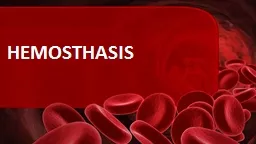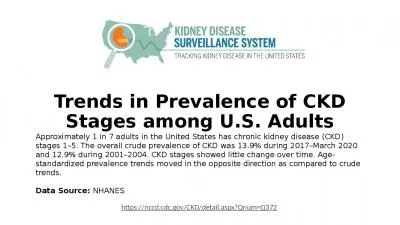PPT-HEMOSTHASIS Hemosthasis has four main stages:
Author : titechas | Published Date : 2020-06-17
1vasoconstriction thromboxaneA2Endotheline serotonine 2platelet plug 3fibrin formation 4fibrinolysis Primary hemosthasis Primary hemosthasis bleeding control
Presentation Embed Code
Download Presentation
Download Presentation The PPT/PDF document "HEMOSTHASIS Hemosthasis has four main s..." is the property of its rightful owner. Permission is granted to download and print the materials on this website for personal, non-commercial use only, and to display it on your personal computer provided you do not modify the materials and that you retain all copyright notices contained in the materials. By downloading content from our website, you accept the terms of this agreement.
HEMOSTHASIS Hemosthasis has four main stages:: Transcript
Download Rules Of Document
"HEMOSTHASIS Hemosthasis has four main stages:"The content belongs to its owner. You may download and print it for personal use, without modification, and keep all copyright notices. By downloading, you agree to these terms.
Related Documents














